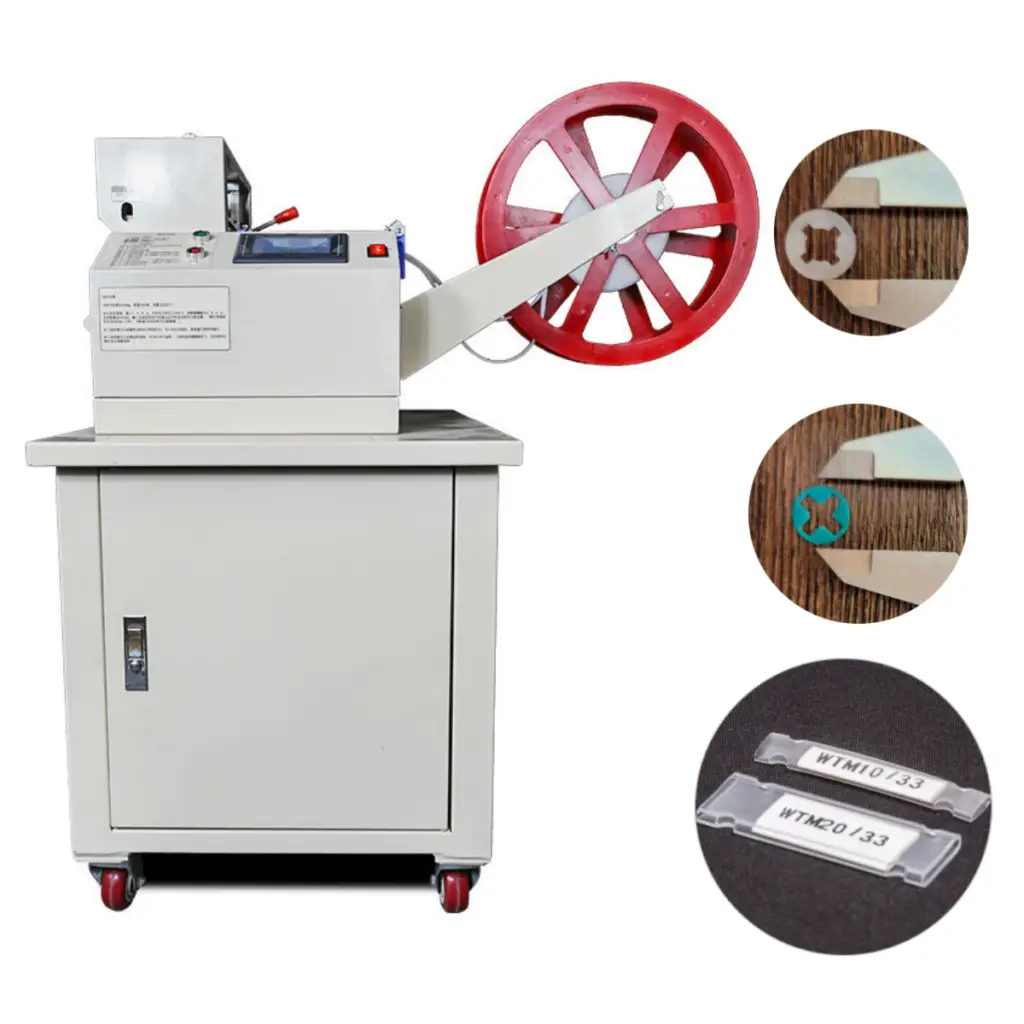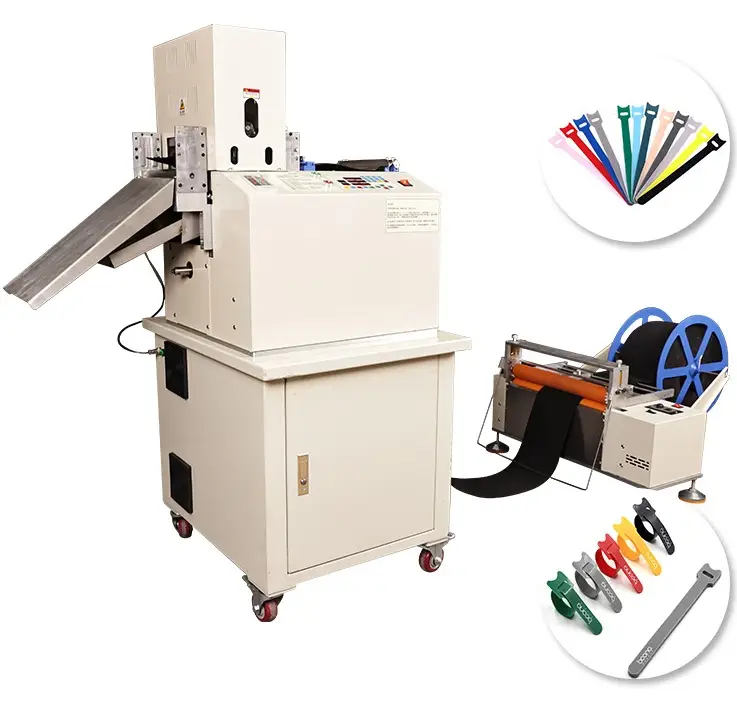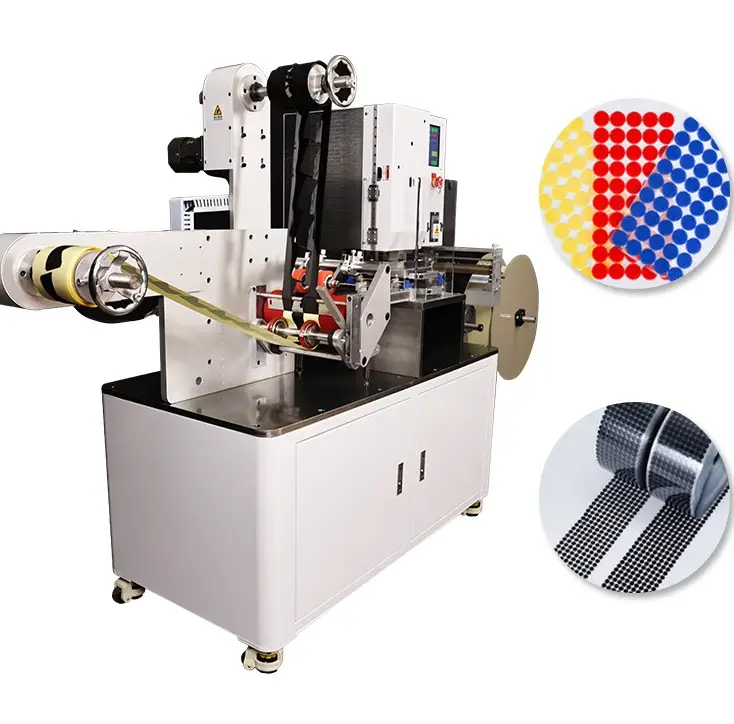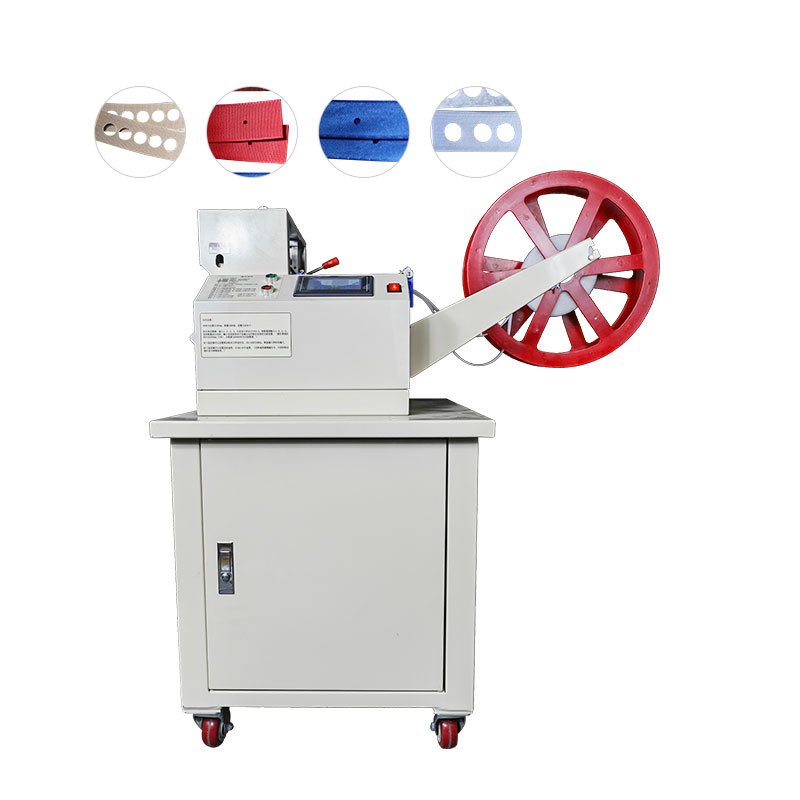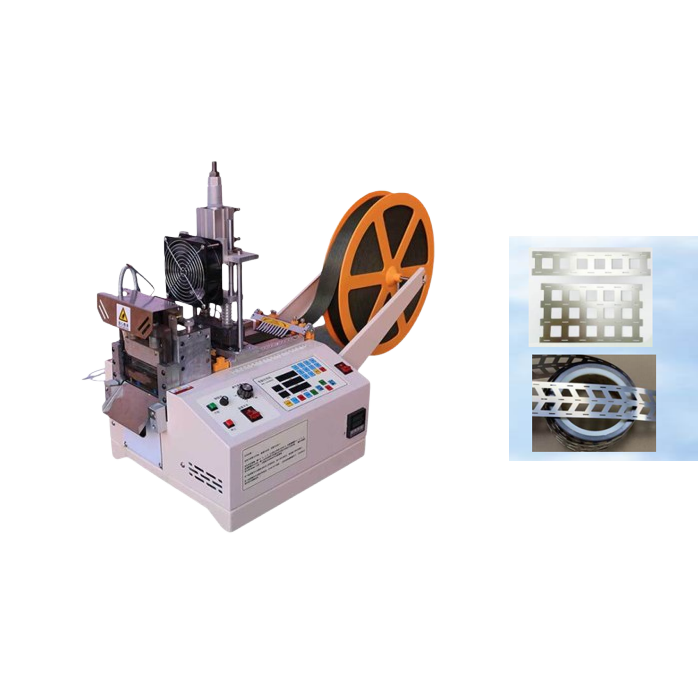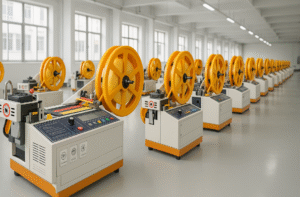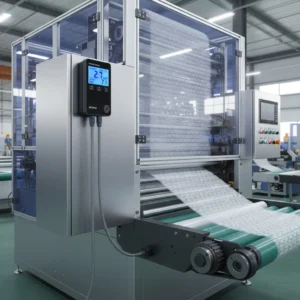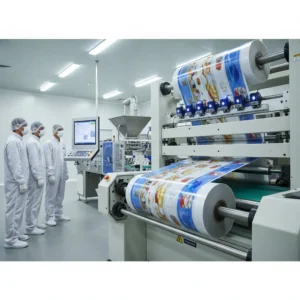How to operate a bubble wrap1 cutting machine safely?

Bubble wrap cutting machines can be dangerous if safety standards are ignored. Poor training or missing safeguards can lead to serious injuries.
Safe operation requires compliance with CE or UL standards, use of emergency stops, proper guarding, interlocks, and consistent PPE use.
- Safe Operation Starts with Setup: Properly load the bubble wrap1 and input length and quantity settings via the touchscreen.
- Avoid Hazards: Keep loose clothing and objects away from blades and moving parts at all times.
- Follow Manufacturer Guidelines: Operate the machine strictly as instructed, including maintenance and handling protocols.
- Emergency Preparedness: Be familiar with emergency stop functions and ensure they’re easily accessible.
- Hands-Free Policy: Always keep hands clear of cutting areas2 during operation to prevent accidents.
Many factories underestimate safety until an accident happens. Let’s go through the compliance points and best practices that every operator should know.
CE vs UL compliance items: e-stops, guarding, interlocks, PPE checklist3
Safety certifications like CE (Europe) and UL (North America) set the rules for industrial machinery.
Both CE and UL compliance demand e-stops, guarding, and interlocks, while PPE is the responsibility of factory management.
[^1] cutting machine in a factory setting with an operator overseeing the process.](https://hxcuttingmachine.com/wp-content/uploads/2025/09/Modern-Bubble-Wrap-Cutting-Machine-in-Action.webp)
Here’s how they compare:
Emergency Stops (E-Stops)
- CE Requirement:
Red mushroom-style emergency stop button, clearly visible and reachable within one arm’s length of the operator. Must stop the machine instantly. - UL Requirement:
Similar design, but tested for durability under UL safety codes. More emphasis on electrical fail-safe circuitry.
Guarding Systems
- CE Requirement:
Physical guards or transparent covers must block moving parts and cutting edges. Guards should be removable only with tools. - UL Requirement:
Requires guards with higher electrical insulation and impact testing. Extra focus on fire safety around hot knives.
Interlocks
- CE Requirement:
Guards and access panels must have interlocks that cut power when opened. - UL Requirement:
Requires interlocks with tamper-resistant designs to prevent bypassing.
PPE Checklist for Operators
Regardless of CE or UL compliance, operators must wear proper PPE. At Suzhou Haoxinhe Electrical Equipment Co., Ltd., we train customers with this standard list:
| PPE Item | Purpose |
|---|---|
| Safety glasses | Protect eyes from plastic shards/residue |
| Cut-resistant gloves | Protect hands during loading/unloading |
| Ear protection | For high-speed cutting noise |
| Heat-resistant gloves | For hot-knife models |
| Anti-slip footwear | Prevent slipping near film rolls |
CE vs UL: Practical Differences
| Feature | CE (Europe) | UL (North America) |
|---|---|---|
| Emergency Stops | Mandatory, operator accessible | Mandatory, tested for durability |
| Guarding | Covers + tool-only removal | Covers + electrical/fire resistance |
| Interlocks | Power cutoff when opened | Tamper-proof interlocks required |
| Certification Process | Manufacturer self-declaration possible | Requires independent UL testing |
| Market Use | Europe, parts of Asia, Africa | North America, global recognition |
Real-World Note
One of our European clients had a non-CE certified cutter from another supplier. During inspection, it failed compliance because guards could be opened by hand. They had to replace the machine to avoid penalties. Since then, they rely on our CE-marked HAOXINHE Bubble Wrap Cutting Machines, which include e-stops, lockable guards, and interlocks as standard.
For North American clients, we supply UL-compliant versions with certified components. This reduces insurance risks and ensures smooth customs clearance.
Conclusion
[^4] attending a training session in an industrial setting.](https://hxcuttingmachine.com/wp-content/uploads/2025/09/Factory-Workers-in-Safety-Training-Session.webp)
Safe operation requires CE or UL-certified machines, functional e-stops, proper guarding, interlocks4, and strict PPE rules for every operator.
🧠 Industry Insight: Real Safety Practices for Bubble Wrap Cutting Machines
Here’s what most factory audits reveal: compliance doesn’t equal safety unless it’s enforced on the floor. I’ve walked into CE-certified facilities where operators disabled interlocks4 for speed or used hot-knife cutters without heat gloves—just to save 10 seconds per cycle.
The most reliable safety setups are those built into both the machine and the workflow. That’s why top-tier manufacturers like HAOXINHE pre-install features like tamper-resistant interlocks, dual-circuit e-stops, and alarm-triggered guarding faults. These aren’t just checkboxes—they actively prevent accidents.
One often-overlooked tactic: PPE lockers right at the machine station. Factories that provide gloves, glasses, and earplugs at point-of-use see over 40% higher compliance versus relying on centralized PPE zones.
Also, don’t underestimate PPE fatigue. Rotate operators every few hours—especially with hot-knife systems—to reduce risk from tired hands near sharp or hot components.
Safety isn’t about just passing inspection—it’s about building a zero-accident culture into every shift.
Factories must not compromise on safety when using bubble wrap1 cutting machines. Both CE and UL compliance ensure protection, but managers must enforce PPE use daily. At Suzhou Haoxinhe Electrical Equipment Co., Ltd., our bubble wrap1 cutting machines, protective foam cutters, and webbing tape cutting machines are designed with CE/UL compliance, integrated interlocks, and emergency systems—helping factories operate safely and avoid regulatory issues.
Explore how bubble wrap enhances product protection during shipping and storage. ↩ ↩ ↩ ↩
Discover strategies to maintain safety around cutting areas and prevent accidents. ↩
Get insights on essential personal protective equipment for safe machine operation. ↩
Find out how interlocks prevent accidental machine operation and enhance safety. ↩ ↩

